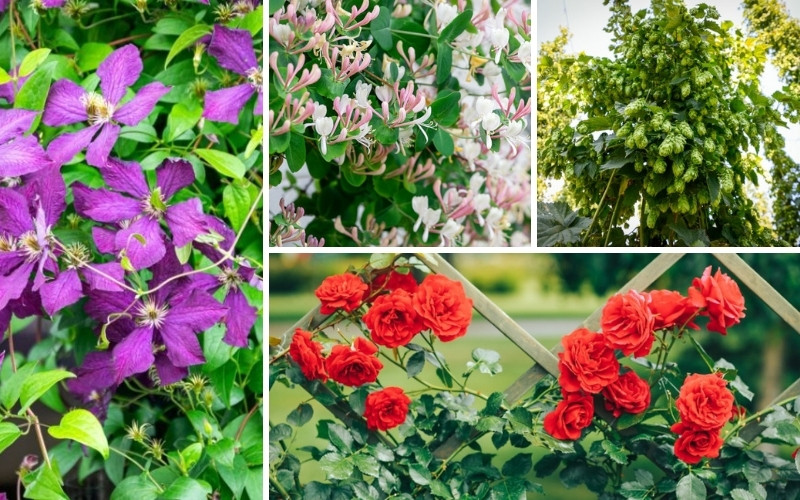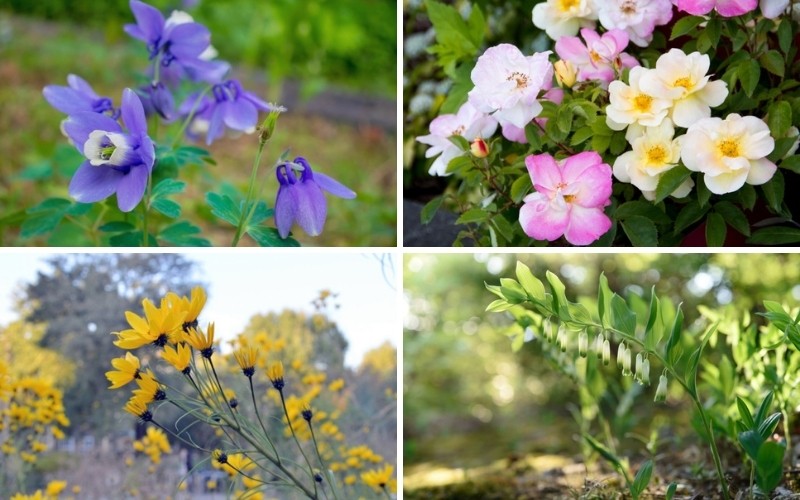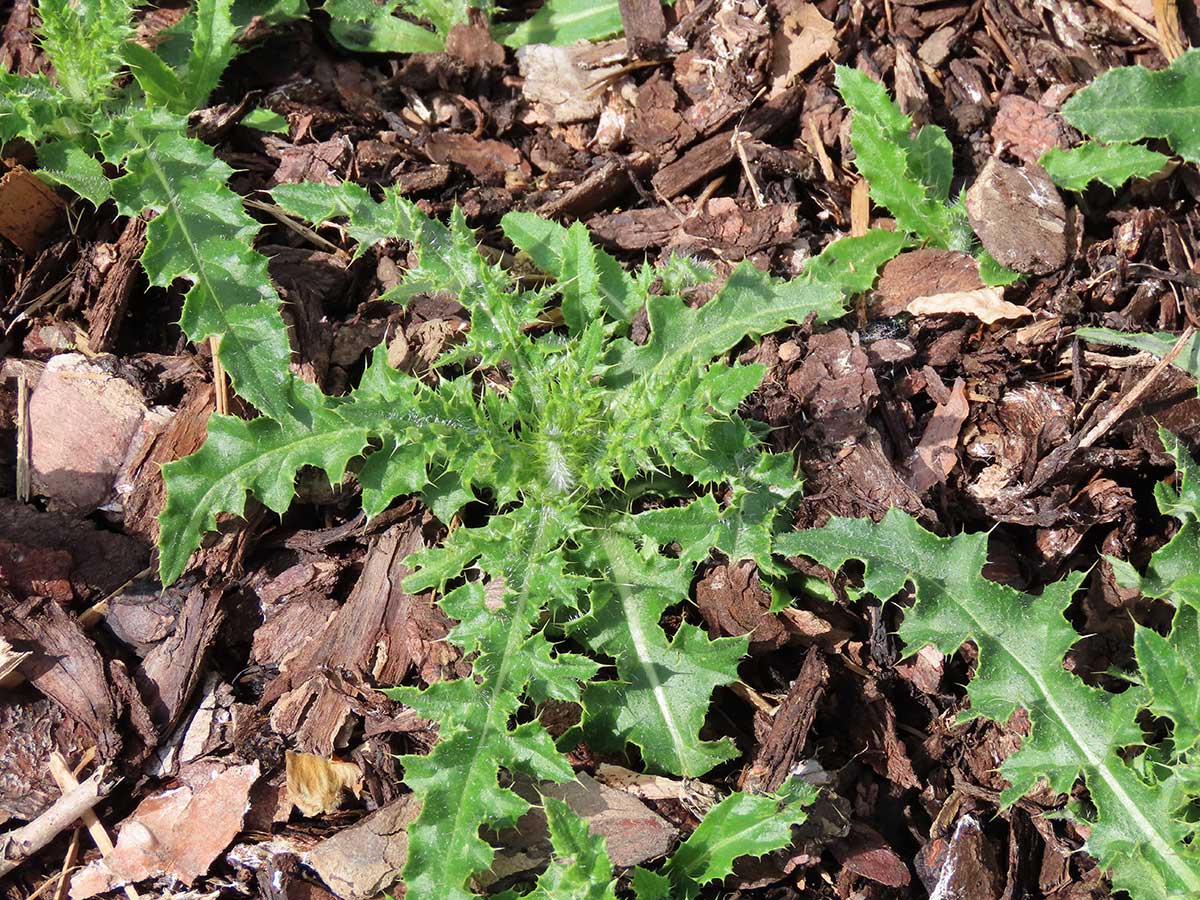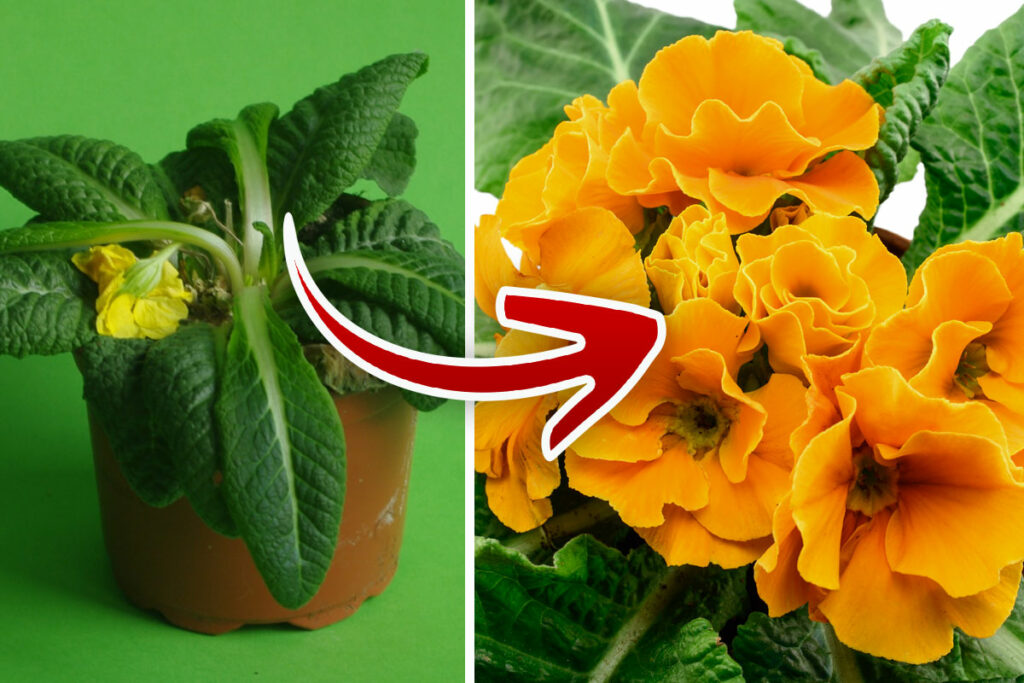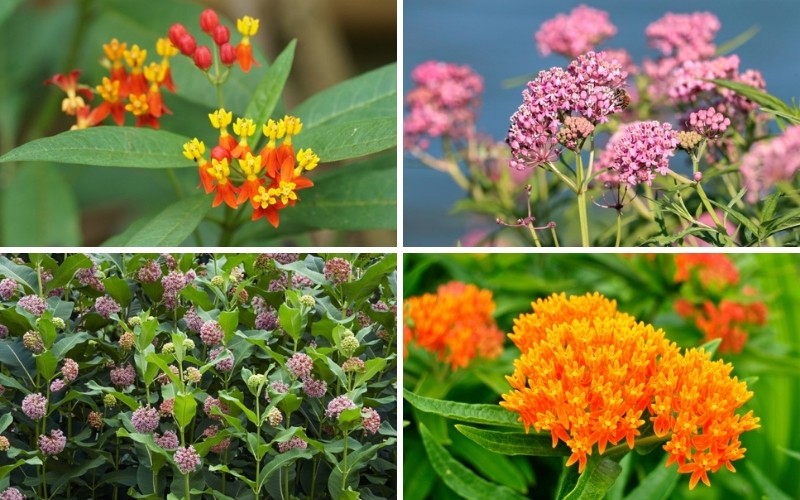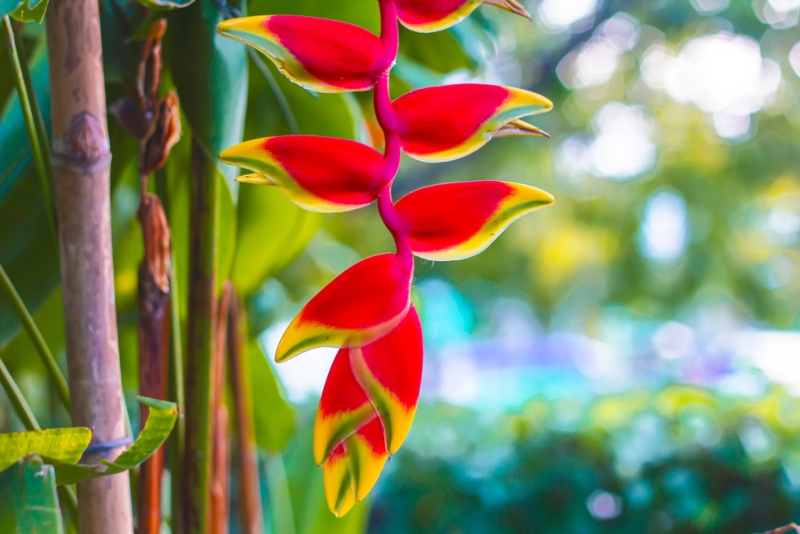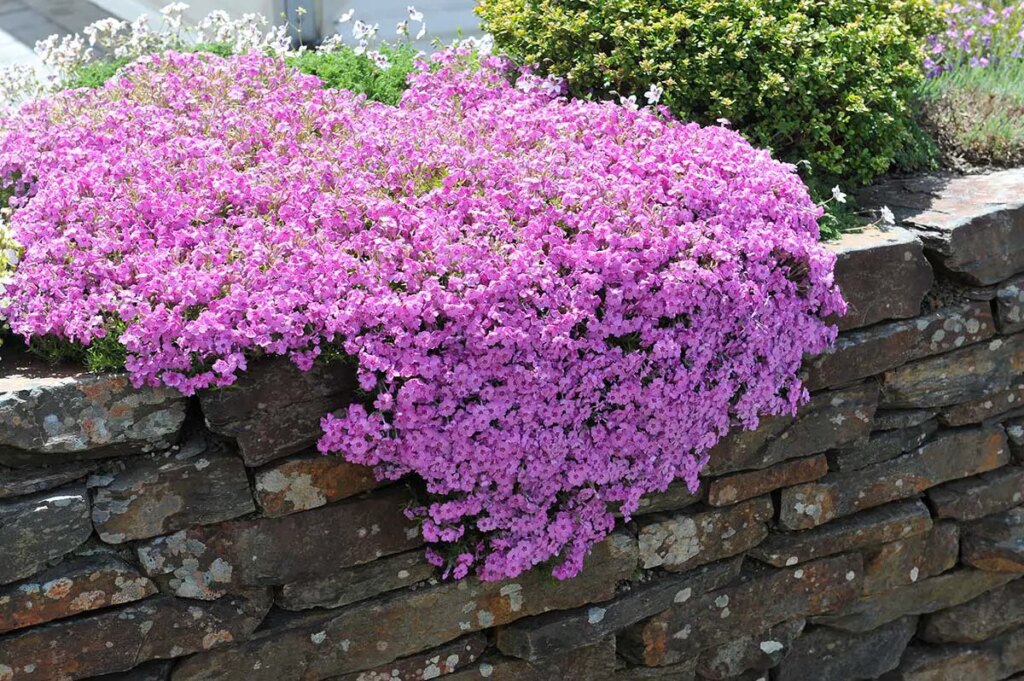
A retaining wall can be an eyesore, depending on its location and design. Yet, it may be necessary to keep your soil in place, keep water from pooling near your home’s foundation, or for another purpose. One possible solution is to plant beautiful cascading plants along it to add beauty to your landscaping.
As with all plants chosen for your yard, consider how much sunlight the area gets, your growing zone, and many other factors.
Here are the 15 best cascading plants for retaining walls.
Creeping Phlox
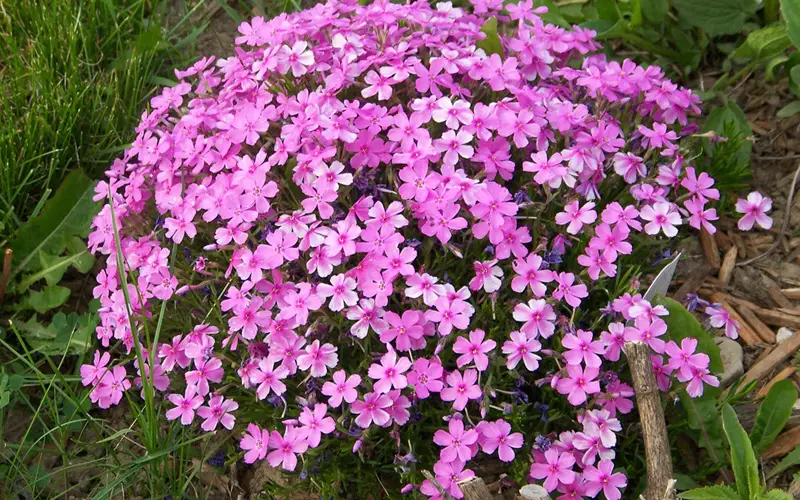
Creeping phlox grows in zones 3 to 9. This option puts on lush blankets of tubular flowers in mid-spring. While bluish-purple flowers are the most common, you can find pink, red or white choices in this sun-loving plant. While creeping phlox seldom grows to be over 6-inches tall, it can spread to be 2-feet wide. If your retainer wall is in an area with sandy soil, be sure to consider this option.
Candy Tuft
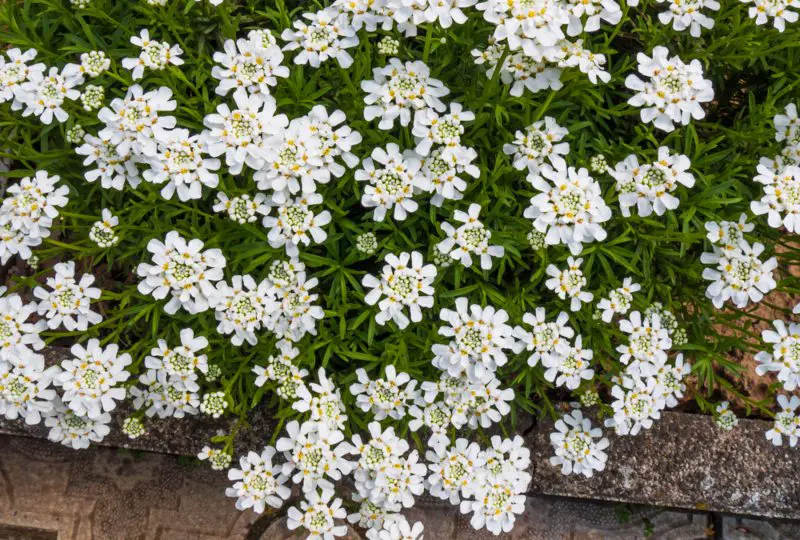
Candytuft is a springtime bloomer that grows in zones 3 to 8. Large flattened clusters of white flowers appear in the early spring, and they may become pinkish before summer. This plant that is evergreen in warmer climates and semi-evergreen in cooler ones has leathery, oblong leaves that are incredibly narrow. Expect each plant to grow to be about 12-inches tall and 18-inches wide. It is not unusual for this plant to spread by putting down new roots where it touches the ground.
Clematis

You can find over 65 varieties of clematises, so one or more may be perfect for your environment if you live in zones 4 to 9. Enjoy more flowers on this plant that blooms from early spring to late fall depending on the chosen variety by planting this option in the full sun. You can find a wide variety of blooms, depending on the type selected. While some options grow to be only about 6-feet tall, others will grow to be over 20-feet tall. Some options put on colorful seed heads after the flowers fade.
Lobelia

You can find over 415 different varieties of lobelias. If you live in growing zones 4 to 8, you can find one or more options that will thrive in your growing zone. Some are annuals that stay shorter than 6 inches, while others are perennials that can grow to be over 20-feet tall. Most options, mostly the annuals, prefer the shade. Deadhead these plants after they bloom to allow for better air circulation. While they do not want to stand in water, keep the ground moist for this plant.
Creeping Thyme
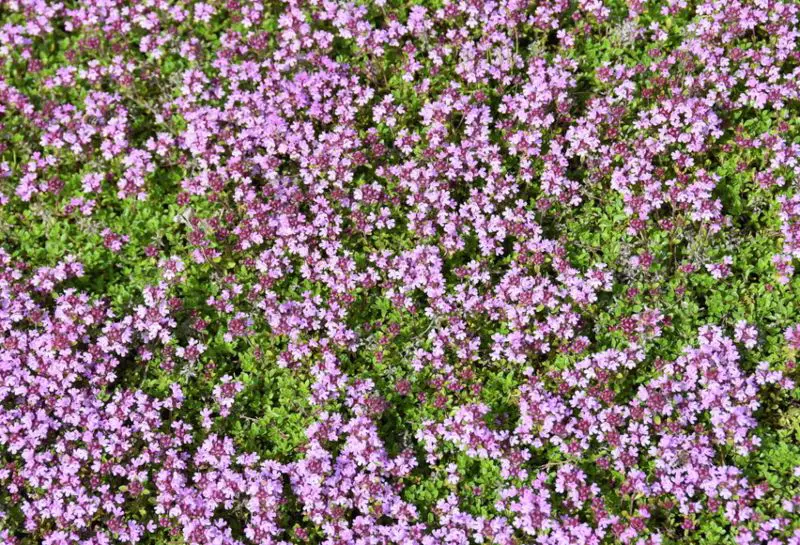
Creeping thyme is a sun-loving plant growing up to 4-inches tall in zones 4 to 8. This plant that is often called mother of thyme puts on many two-lipped flowers in mid-spring that last until early fall. Each flower grows at the terminal end of its thin stem. The leaves on this plant are blue-green. When bruised, they give off a minty fragrance, but this option is usually not used in cooking.
Dichondria “Silver Falls”
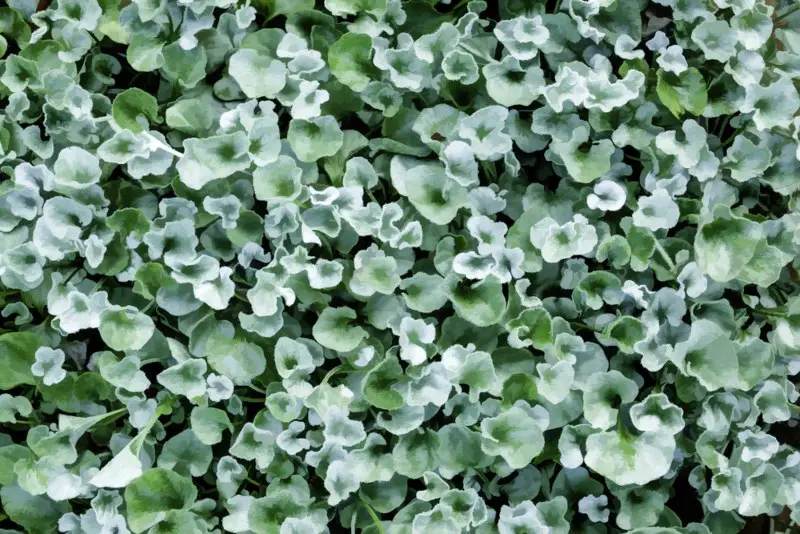
Dichondria “Silver Falls” grows in zones 10 to 12. It grows up to 4-inches tall and can spread to be 4-feet wide. This sun-loving plant prefers sandy soils. It will put down new roots at each node. Softly rounded leaves that are silver in color appear at each of these locations, which gives this plant a metallic appearance. While this plant does put on tiny greenish-yellow flowers in the late spring and early summer, these flowers are not very noticeable.
Golden Creeping Jenny (Lysimachia nummularia)
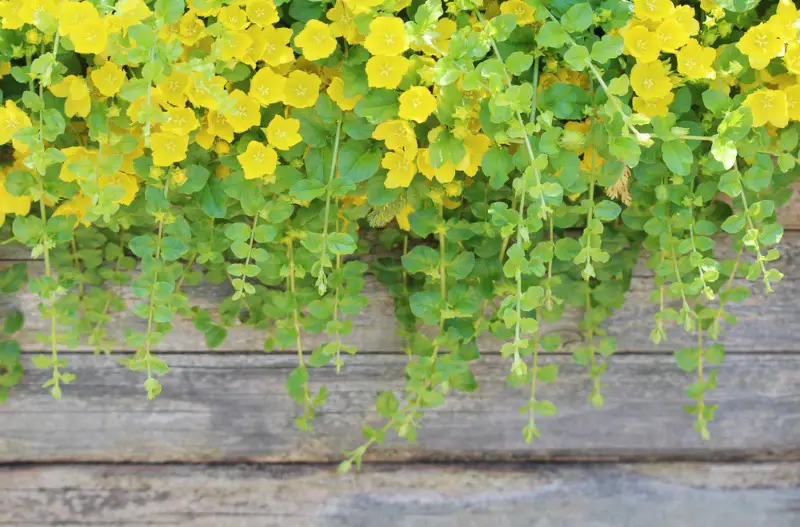
Golden creeping jenny is a clump-forming plant that thrives in zones 3 to 9. It loves protection from the afternoon sun in warmer climates. It puts down new roots wherever leaf nodes touch the ground. If you want to keep this option from spreading, then plant it in poorer soil. The golden creeping jenny grows up to 4-inches tall. Cup-shaped yellow flowers bloom in the early summer. The main reason this plant is grown is because of its rounded leaves. Keep this option moist all the time.
Virginia Creeper
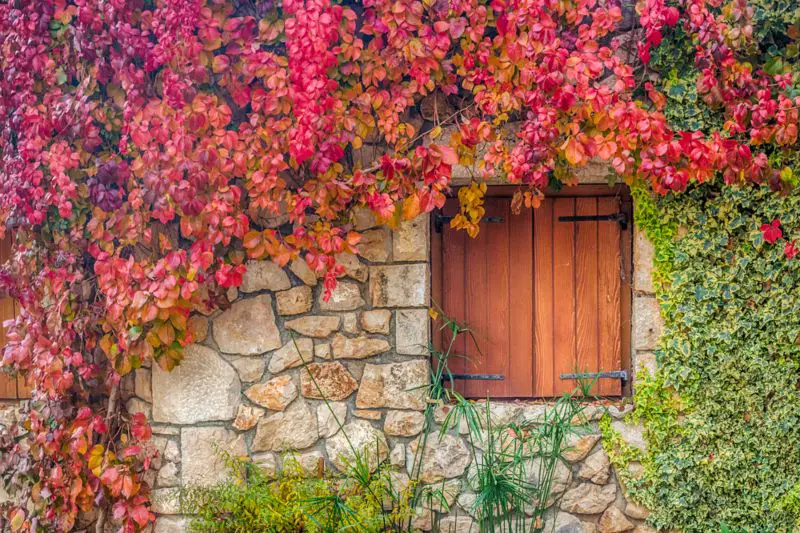
The Virginia creeper is a plant that spreads quickly in zones 3 to 9. This plant that can grow up to 50-feet wide and 50-feet tall climbs any surface that it can find, including your retaining wall. The leaves on this plant usually consist of five small leaflets that can be up to 6-inches long. The leaves emerge with a purplish tint in the spring, turn a dull green in the summer and become purple or crimson red in the fall. It will put on yellowish-green flowers in late summer and early fall, but this plant’s lush foliage usually hides those.
English Ivy
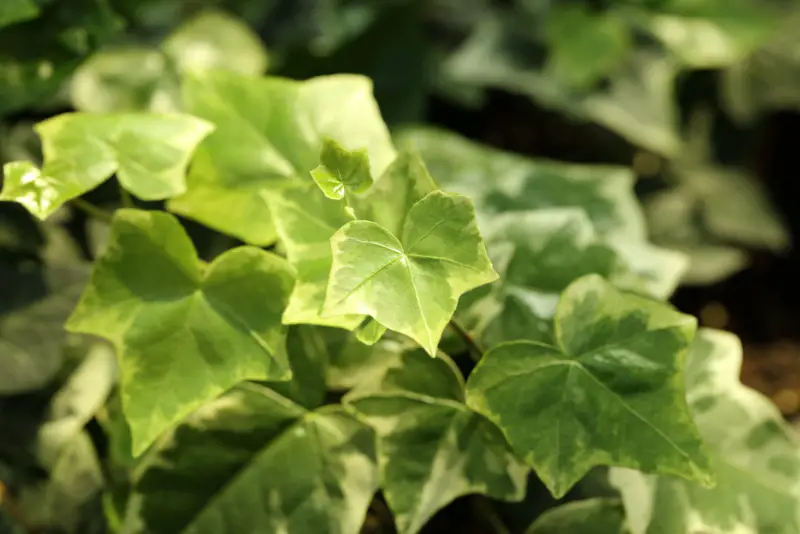
English Ivy grows in zones 4 to 9. It can be a challenging option to keep under control and often spreads to be 80-feet tall and 90-feet wide. This plant puts on its size first, so it may make an excellent option for those looking for a quick-growing plant. When young, it has dark-green leaves that have three-to-five lobes. Once mature, this option has dark-green lobeless leaves. This shade-loving plant puts on greenish-white flowers in the early fall that can be difficult to see among the leaves. Blue-black berries follow the flowers.
Sweet Potato Vines
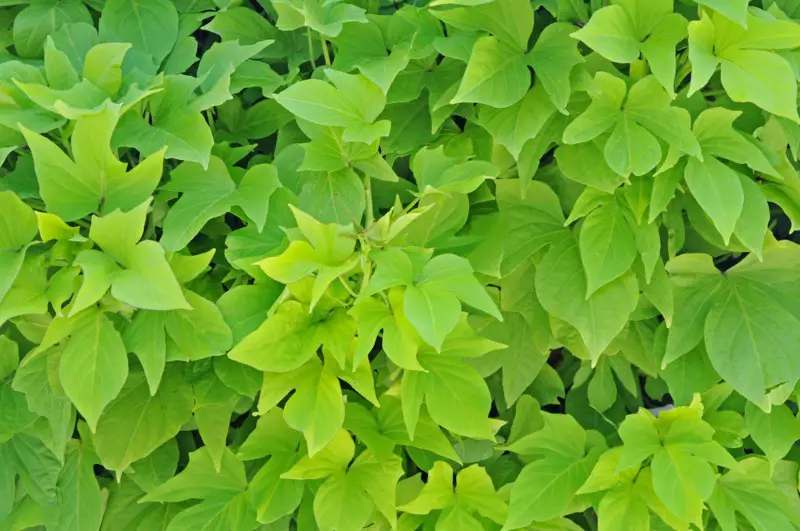
One of the easiest vines for gardeners in zones 6 to 8 to grow is the sweet potato vine. While some options grow to be less than 1-foot tall, the most common vine grows to be about 30-feet tall and 6-feet wide. Funnel-shaped white flowers up to 3-inches across appear on this plant in the late spring and stick around to early fall. Each flower has a purple eye. It has olive-green leaves. This option has an extensive root system, which makes it hard to control. Carefully choose where you plant this option that will grow in areas receiving six or more hours of sunlight carefully.
Helichrysum petiolare
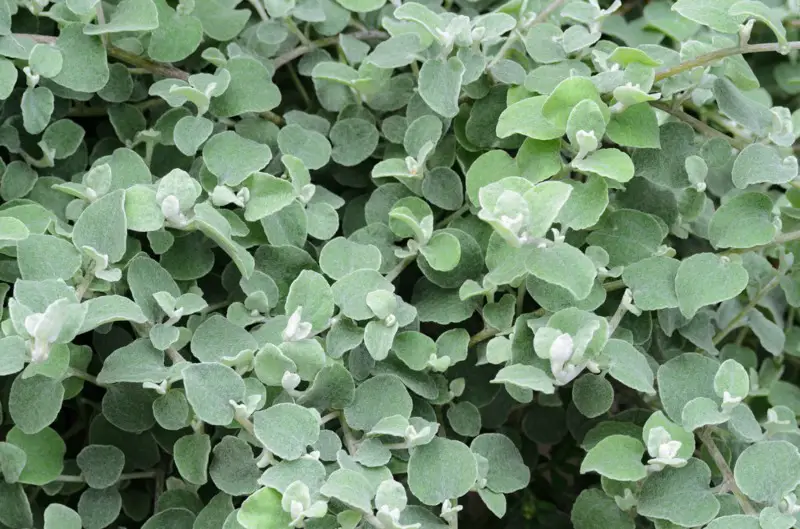
Often called the licorice plant, Helichrysum petiolare grows in zones 9 to 11. This very drought-resistant plant grows up to 9-inches tall, but it sends out vines that can be up to 4-feet long. Gardeners often love the unusual gray-green leaves on this plant. It will bloom infrequently and never until the second year. When it blooms, the inconspicuous flowers are white.
Fan Flower (Scaevola)
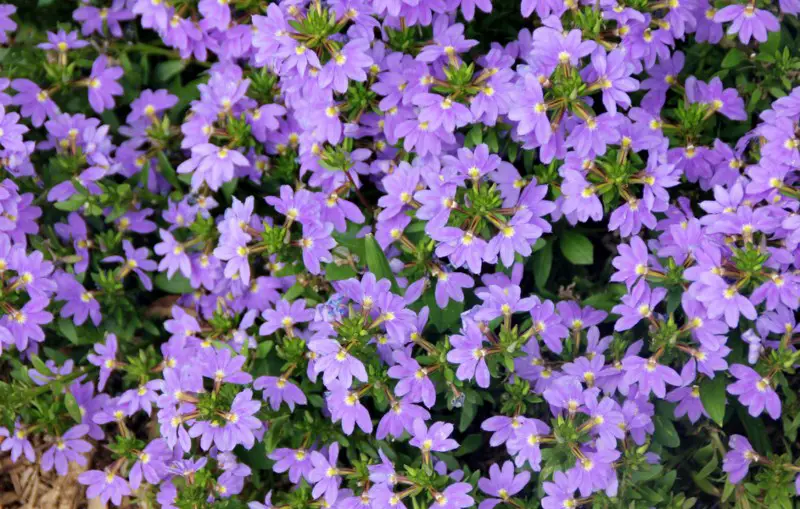
Fan flower is a humidity-loving plant that gardeners in zones 10 and 11 will want to consider. This plant puts on an abundance of dark-blue flowers from early spring until frost arrives. The fan flower often grows to be about 16-inches tall, and it puts out vines up to 2-feet long. The toothed leaves on this plant can be up to 2-inches long.
Bacopa (Sutera cordata)
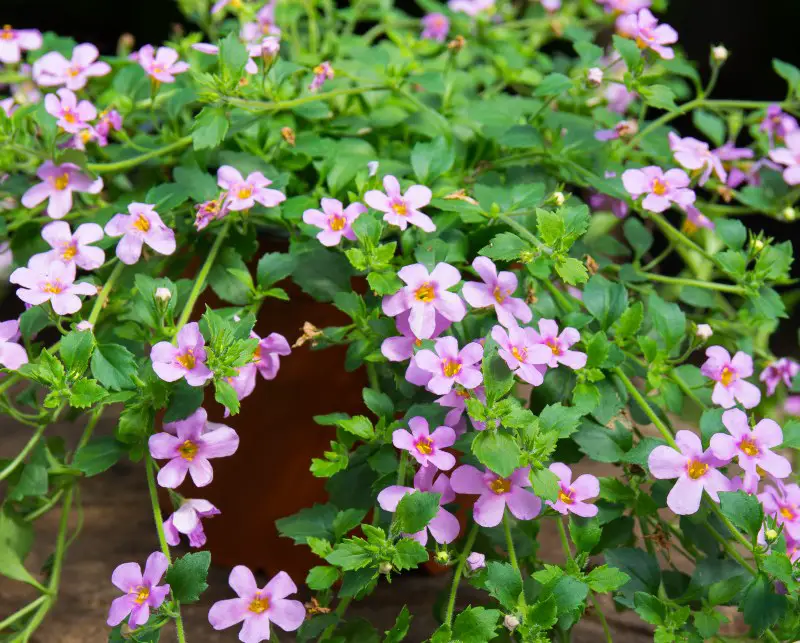
Bacopa (Sutera cordata) grows in zones 9 to 11. This plant will grow in the sun, but it prefers to shade from the hot afternoon sun. One thing this plant will not tolerate is being dry. Depending on the variety chosen, it will put on many tiny flowers in various colors. Do not be surprised if this option never quits blooming if you have a mild winter.
Blue Rock Binweed (Convolvulus sabatius)
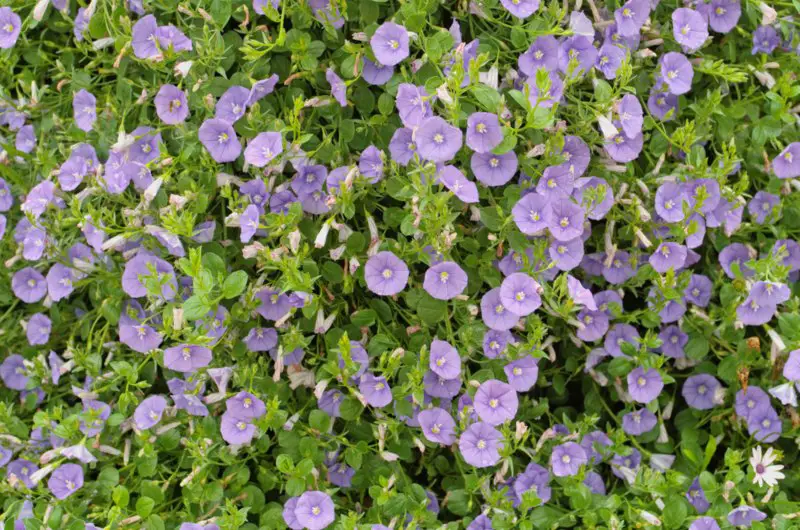
If you live in zones 7 to 9, then the blue rock bindweed may be the perfect choice for you. Growing up to 6-inches tall, this option can spread to be 24-inches wide. While it prefers the full sun, it will tolerate some shade. Funnel-shaped lavender-blue flowers appear in the summer. Often called the ground morning glory, this cascading perennial has soft gray-green leaves.
Wave Petunia
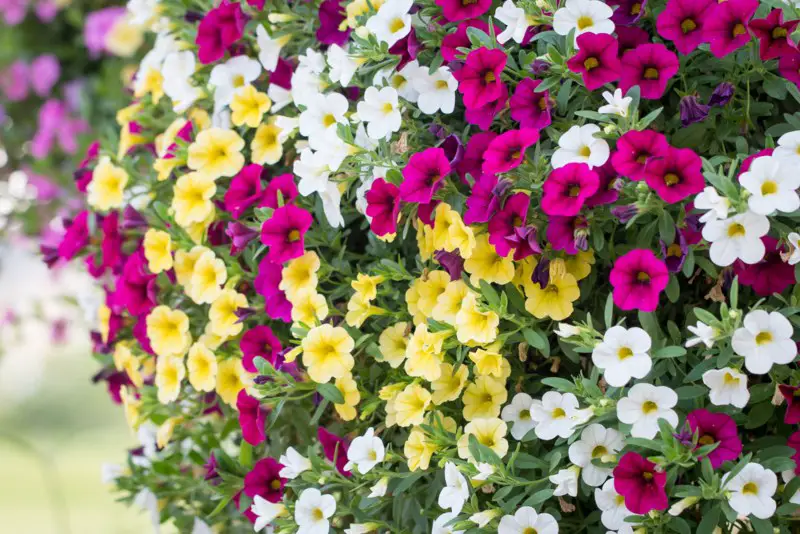
The wave petunia grows stems up to 4-feet tall with flowers all along the stem. They thrive in moist soil in the full sun. Multiple colors are available. These plants are heavy feeders, so be sure to fertilize them regularly. This plant thrives as a perennial in zones 9 to 11, but it can grow in colder climates as an annual. The stems on this plant have little hairs. If you want to spread it to a new area, place the hair against the ground and watch this sun-loving plant take off in about seven-to-10 days if watered regularly.

